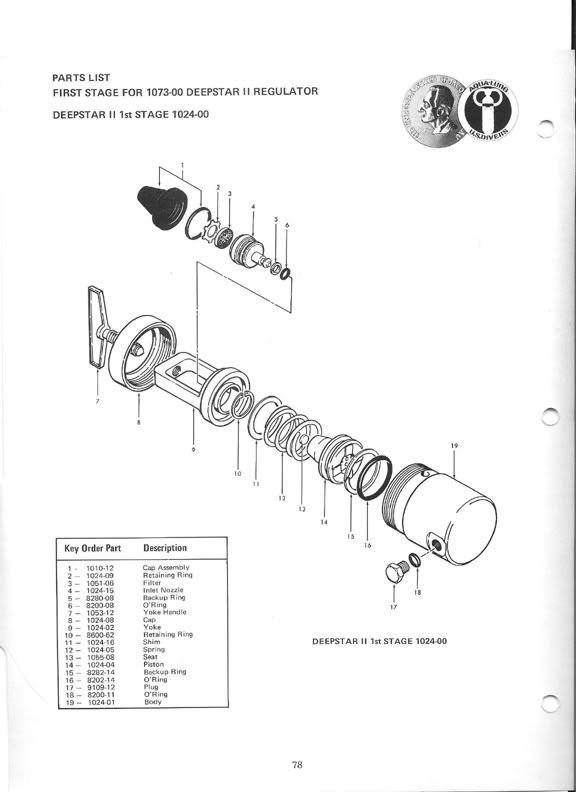While we are talking about Sherwood, I just thought I add some interesting points about them.
Sherwood has been around for close to a century. I am not sure, but I think they may be one of the largest manufacturer of pneumatic valves and regulators in the world (again I am not sure about this, but at least in the US they seem to be much larger than anyone else).
They provide valves for all segments of the compressed gas industry including industrial, chlorine, medical, welding, specialty, semiconductor, life support and LPG.
My guess is that they have probably made more gas valves than all the other Scuba companies put together. In the old days before they came out with their own Scuba line they actually made the valves and regulator components for many of the Scuba manufactures, including Healthways, Dacor, White Stag, etc. etc. I think even some of the Scubapro parts from the looks of them, but I am not sure.
Here is a link:
Home
I think one of the coolest things about being a reg tech is seeing all the different ways of accomplishing the same thing
I kind of agree, but IMO if you really want to see some different designs you need to look back at the history of the sport
have you ever seen a Pirelli regulator, a Norseman, a Scott Hydropack, etc. etc.
There are definitely a few companies that take a slightly different approach, but IMHO many if not most designs now-a-days are just copies of designs that have been around for a while (or copies of each other). There have been a few minor innovations, but IMO a lot of the creativity has been squashed from fear of liability or fear of market acceptance of something radically different.
I am not saying that we need something different, because what we have is pretty good. But if you want to see creativity you need to go back a few decades when the sport was really evolving. By the early 70s when I started working on regulators some of the real crazy designs were already falling off, but real innovation was really visible to about the late 70s.
You can basically trace the design of most first and second stages to a few regulators:
Royal Aqua Master and Conshelf (and even the early 1960s Calypso): predecessor of most balanced diaphragm first stages.
Healthways Scuba-star (and all its variations): predecessor of most unbalanced piston first stages.
Scubapro Mk-1 and Mk-5: predecessor of most balanced flow through pistons.
Scubapro Balanced Adjustable: predecessor of most balanced second stages.
The basic down stream demand valve has been around from before the first CG45 (Cousteau Gagnon, 1945, the first successful commercially available regulator). The CG45 was a two stage with an unbalanced diaphragm first stage, but no one is offering an unbalanced diaphragm first stage anymore.
The first use of venturi assist was also an Emile Gagnon innovation in the original single stage Mistral in the early 50s.




